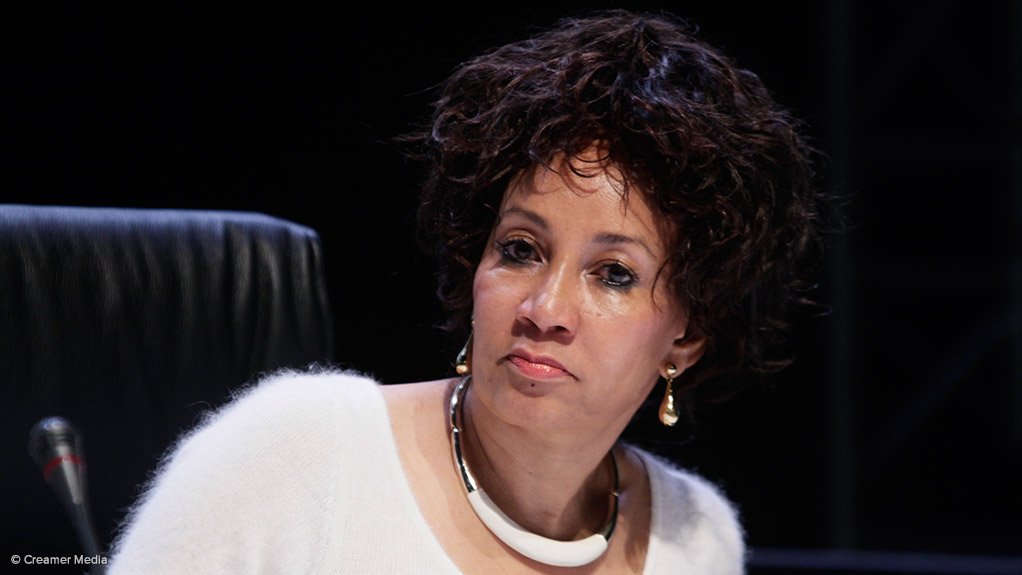South African cities are struggling to match housing availability to the pace of urbanisation, with the many South African and foreign migrants adding to an ever-expanding population and placing further pressure on housing supply, which is already backlogged owing to a reduction in household sizes.
Despite the delivery of 4.5-million houses to date, the Department of Human Settlements (DHS) still faces a significant backlog, with some 30% of urban dwellers across South Africa living in “shacks” in informal settlements or in makeshift dwellings in the backyards of formal dwellings.
Admitting that the government had not been prepared for the level of rapid urbanisation experienced, which resulted in 60% of South Africa’s population now living in urban areas, Human Settlements Minister Lindiwe Sisulu said it had been about catch-up ever since urbanisation caught the new post-apartheid government off guard amid “so many other matters of competing urgency”.
“At the implementation level, we have had serious challenges,” she added, during a seminar hosted by the DHS and the University of South Africa, in Pretoria, on Tuesday.
“We had not planned for [the level of urbanisation]. We only got clever after the fact,” she said of post-apartheid spatial planning that was clearly reactive and had failed to take advantage of the positive effects of urbanisation.
“Urbanisation, for the most part, became a problem for us. A problem because we had not developed the necessary instruments in response to it. We had not had the foresight and our data systems were not ready to offer the necessary solutions that would be required,” she elaborated.
“The scale of the informality, and [the] subsequent poverty and hazards, is something we are now beginning to grapple with. And it is a huge challenge for us,” Sisulu commented.
There are no signs of urbanisation easing, with expectations that, globally, 80% of the world’s population will eventually reside in urban areas.
In South Africa, Gauteng is a microcosm of this rapid urbanisation, with net migration during 2011 to 2016 reaching some 981 000.
Another 1.05-million people will migrate into South Africa’s economic powerhouse from 2016 to 2021, adding to the province’s current 14.7-million population.
Statistician general Dr Pali Lehohla said Gauteng, which received 42% of all South African migrants, remained, by a considerable margin, the largest net receiver of the migration streams.
This meant that housing, with its attached basic services of electricity, water and sanitation, remained a moving target, particularly in light of shrinking households, with the subsequent increasing line for homes and services.
Lehohla highlighted a population growth of 1.6%, offset by a household growth of 3.2%, mostly owing to the shrinking size of general households over the years.
The changing household formation and how families are formed further weigh on cities’ ability to reduce an ever-widening housing backlog.
While household sizes of two to four made up the largest percentage of the household count at 61%, single-person households are on the rise, reaching 17%.
Single-person households also made up 38% of informal dwelling inhabitants.
In addition, the number of households residing in formal dwellings increased from eight-million in 2002 to 13.2-million in 2016. Further, the number of households in informal dwellings increased from 1.4-million to 2.3-million during the same period.
Gauteng accounted for 20% of the country’s informal dwellers, with the North West housing 21%, the Western Cape 18% and the Free State 16.5%.
Migrants were 22% more likely to reside in informal dwellings than nonmigrants, he said.
Many citizens could spent up to 16% of their salary on transport and half their day on the road travelling to and from work in highly fragmented cities.
“Living on the periphery of core areas of economic activity plays out in increased transport costs and commute times,” Lehohla said.
“South Africa's towns and cities are highly fragmented, imposing high costs on households and the economy. Since 1994, densities have increased in some urban areas and there has also been partial regeneration of inner cities, coupled with the growth of housing ownership but, overall, little progress has been made in reversing apartheid geography,” he concluded.
EMAIL THIS ARTICLE SAVE THIS ARTICLE ARTICLE ENQUIRY
To subscribe email subscriptions@creamermedia.co.za or click here
To advertise email advertising@creamermedia.co.za or click here











